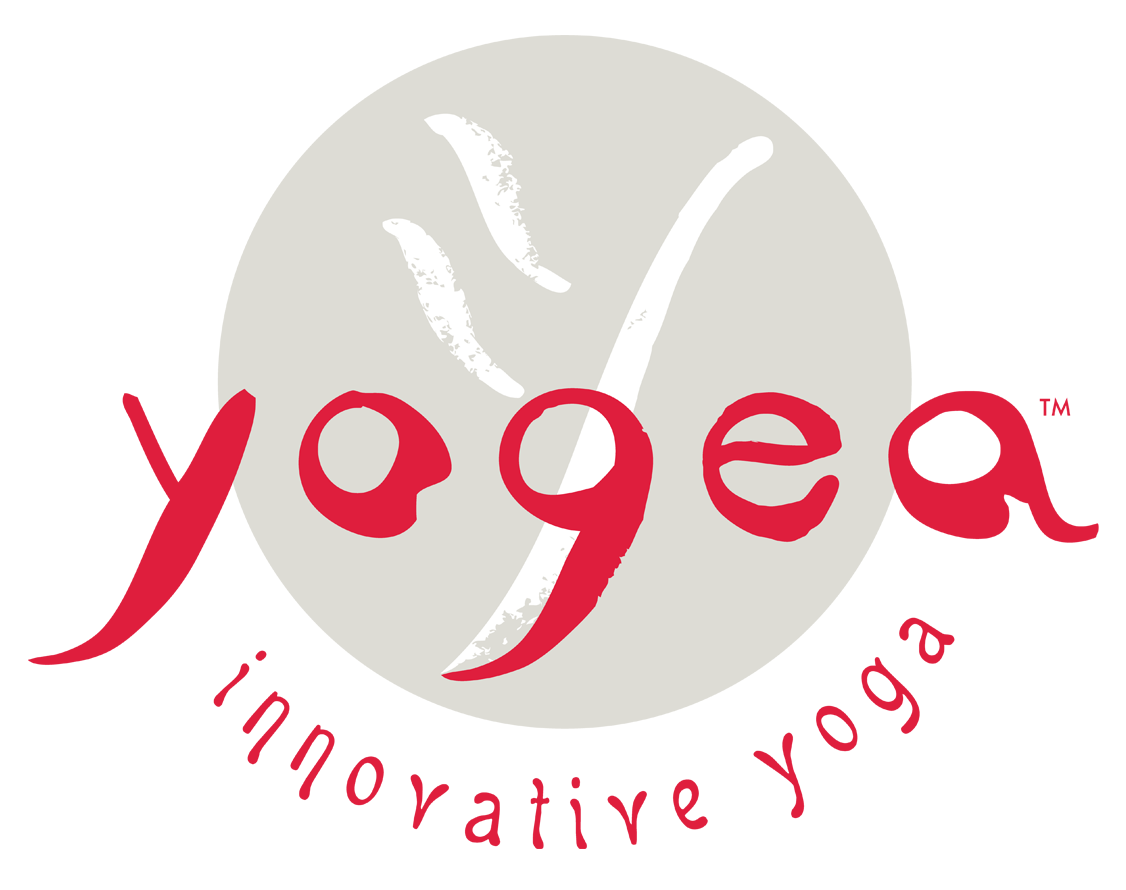Open up
While filming the new Yogea series with partners in crime Ana & Kalin Ivanov, I was trying to think of the breathing practices that we still hadn’t shared with our viewers. We zipped through what we already had. It seemed we had exhausted all possible and beneficial breathing techniques. Cooling, detoxifying, calming, centering focusing, allergy relieving, blood pressure regulating, morning, evening, to mention a few. Suddenly it dawned on me: “How about a breathing practice that allows you to anchor down and open up?” So we came up with this unique and simple breathing technique that incorporates specific mudra from the Natyashastra to open the heart and relate to the rest of the world.
Clearly every art of conscious breathing raises body awareness and sends signals to all cells to expand and open up. Every breathing technique makes us more receptive, more resonant, more inviting. But it is the masterful integration of existing ancient and modern breathing tools that are simple and effective that really makes the difference. Most online yoga channels offer the standard breathing technique borrowed from the Indian or Chinese Yoga sources. But very few, if any, actually have the guts to integrate and narrow down the scope to target specific conditions, or elicit particular states of mind and body.
The practice that you are about to experience comes from the Natya Shastra – the Hindu treatise of music and dance. As I was learning the principles of this comprehensive teaching, I stumbled upon the concept of Rasa. Rasa means juice, essence or taste. I found it fascinating that every gesture translated into a flavor of the feeling and the intention that had initially sparked it. The rasa is a concept in Indian arts about the aesthetic flavor of any visual, literary or musical work that evokes a particular emotion.
When I applied it to my mudra and breathing practice it changed the whole notion of connecting breath and movement. Instead of forcefully trying to synchronize both, I focused on expressing the seed emotion that justified why I was breathing in that specific way.
When I began my yoga journey, I stuck to the traditional breathing techniques always performed in the same order, at the same time of day, at the same spot in the room. One day the uniformity killed the momentum and instilled the autopilot mode. I felt I was not connecting to the urges of the body for freer breathing flow. So I quit the breathing practice altogether and went for the asana. But soon that was not enough. So I had to find a way to integrate the breathing into the fabric of the class in a freer and more flexible fashion. That is when I began to introduce Qi-Gong breathing techniques, and later other tools of creative visualization and sacred dance. When I came across the Natyashatra I found the goldmine. And I began to dig. The more I dug, the more resources appeared, it was an endless chain of cause and effect, of organic movement and natural breath that led me into creating one of the most artful breathing flows ever.
I am so thrilled to share them with the rest of the world, as I believe they are not only helpful and opening, but they are also aesthetically beautiful and inspiring. When we tap that source of inspiration the most unexpected solutions to our life emerge. Then we can open up and ground down and live from a place of meaning and purpose.
Opening breathing: Open up
This Yogea breathing brings together the gestural vocabulary of the Natyashastra and the organic flow of pranayama. You learn how to connect breath and movement to experience an inner “un-bottling” that translates into a whirlpool of possibilities for a healthy and happy life.

Leave a Reply